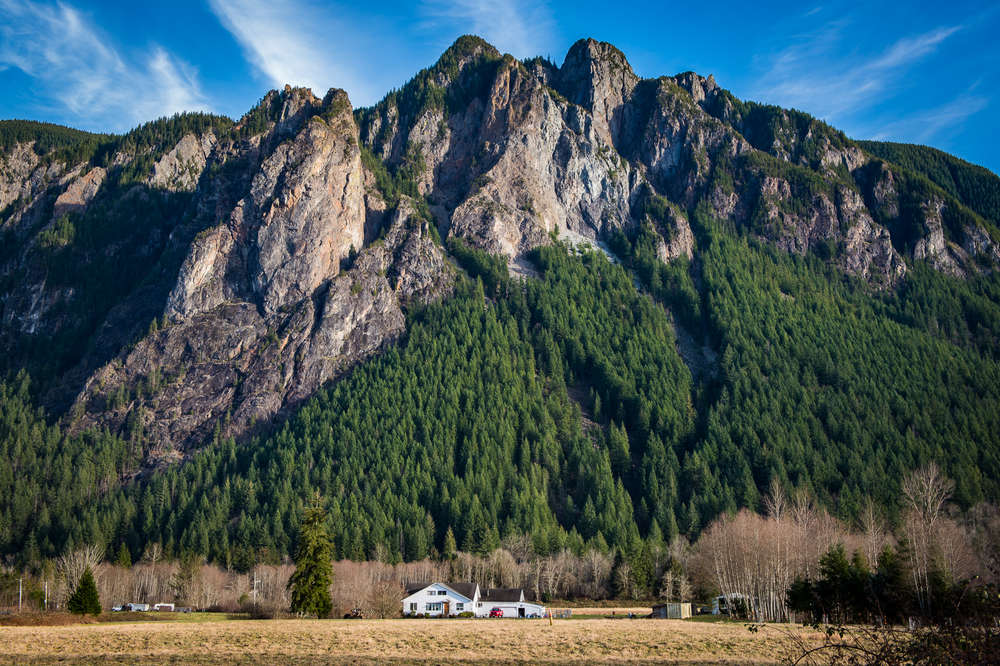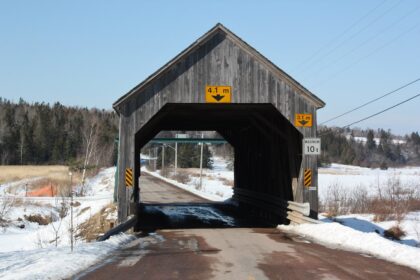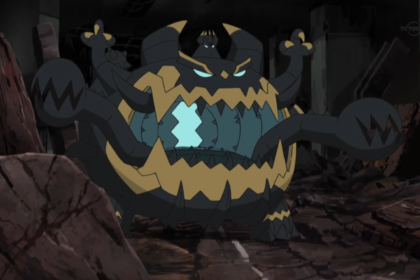North Bend is a city in King County, Washington, United States, on the outskirts of the Seattle metropolitan area. The population was 5,731 at the 2010 census and an estimated 7,136 in 2018. Take a look below for 20 fun and awesome facts about North Bend, Washington, United States.
1. Since the closure of Weyerhaeuser’s Snoqualmie sawmill, North Bend has become a prosperous bedroom community for Seattle, which is located about 30 miles (48 km) to the west.
2. The town was made famous by David Lynch’s television series Twin Peaks, which was partially filmed in North Bend.
3. The community is also home to Nintendo North Bend, the main North American production facility and distribution center for the video game console manufacturer Nintendo.
4. The Snoqualmie Indian Tribe has resided in the Snoqualmie Prairie, including the area now known as North Bend, for thousands of years.
5. This prairie southeast of Snoqualmie Falls was the ancestral home, hunting and forage grounds for the Snoqualmie people and was located in the upper Snoqualmie Valley near the Snoqualmie River fork confluence, Mount Si, and the western foothills of the Cascade Range.
6. One of the first explorers to the upper Snoqualmie Valley was Samuel Hancock who arrived in 1851.
7. Hancock traveled upriver with his Snoqualmie guides, fording canoes around the falls to reach Snoqualmie Prairie, searching for coal deposits.
8. He was taken to a “very extensive and fertile prairie” about two miles above Snoqualmie Falls.
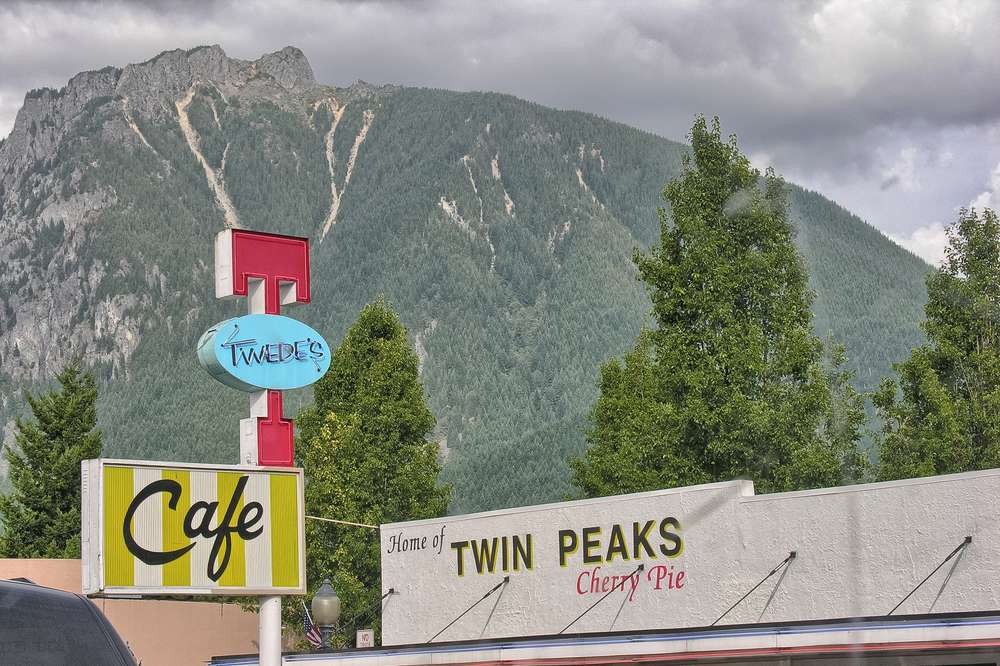
9. The beautiful open grassland came to be known as the Snoqualmie Prairie, the heart of which is now known as Tollgate and Meadowbrook farms.
10. The Snoqualmies, led by Chief Patkanim, later sided with early settlers in the 1850s Indian Wars and were one of the signatory tribes of the Treaty of Point Elliott in 1855, which failed to designate an Indian reservation for the Snoqualmies.
11. Some of the soldiers in those wars, such as the brothers and sisters Kellogg, established cabins near remaining Snoqualmie blockhouses; however, the first permanent American resident in the valley was Jeremiah Borst, who arrived in 1858.
12. After the Homestead Act of 1862, more settlers ventured to the Snoqualmie Valley, with the first families settling near Borst on the easterly end of Snoqualmie Prairie. In 1865, Matts Peterson homesteaded the site that ultimately became North Bend.
13. In 1879, Peterson sold the property to Borst and moved east of the Cascades. Borst wrote to Will Taylor, who had left the Pacific Northwest to pursue mining in California, and offered him the Peterson homestead in exchange for labor.
14. Taylor returned and became the driving force in developing the town while expanding his property to include a thriving trading post and boarding house for travelers over Snoqualmie Pass.
15. On February 16, 1889, with the upcoming railroad boom, Taylor formally platted a town including his farm, upcoming street plans and building lots, giving it the name “Snoqualmie”.
16. Later that summer, competing Seattle land speculators subsequently platted nearby “Snoqualmie Falls”, choosing a similar name. Pressured by demands of the Seattle, Lake Shore and Eastern Railway to avoid confusion, Taylor reluctantly renamed his town “Mountain View”.
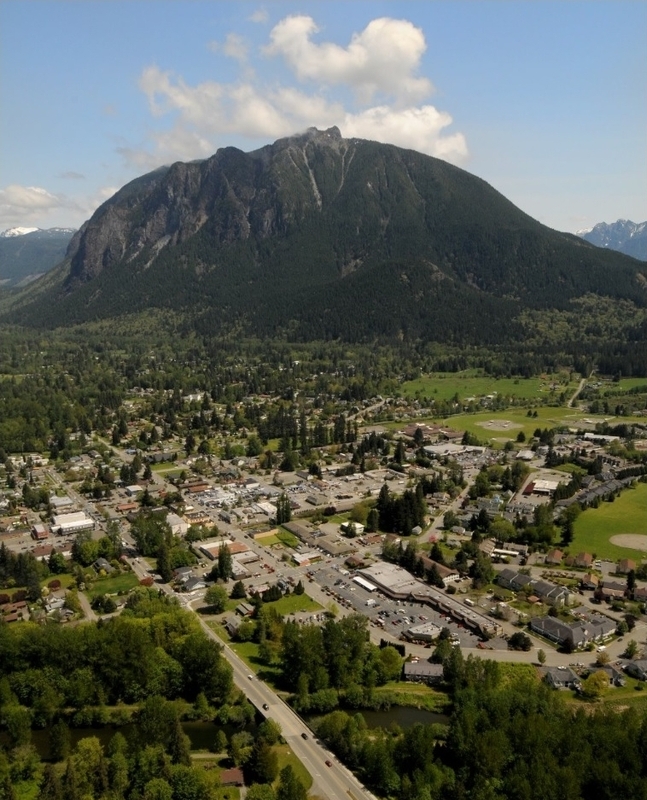
17. However, the U.S. Post Office Department objected to “Mountain View”, as a town with that name already existed in northern Whatcom County. To conclude the matter Taylor agreed to permanently rename the community “North Bend”, after its prime location near the large northward bend of the South and Middle Fork of the Snoqualmie River.
18. Taylor was proud of his new, thriving town, but by historical accounts, “He never got over having his town name taken away.” North Bend was officially incorporated on March 12, 1909, and grew throughout the 20th century, with an early economic focus on logging, sawmill production, agricultural and dairy farming.
19. The McGrath Hotel is located on the site of the cabin of William Henry Taylor, who platted North Bend in 1889. In October 1921, Jack McGrath and his wife Caroline purchased the site of their future venture, McGrath’s Café; construction was completed as a one-story restaurant in 1922. In early 1926 the building was expanded two window bays westward, creating the hotel lobby (now the restaurant bar), and a second story was added to the entire structure to accommodate the hotel rooms of the new McGrath Hotel. After several years of deferred maintenance, the McGrath was purchased in 2000 by a local couple who spent two years rehabilitating the building. It is now listed on the National Register of Historic Places. The first floor currently houses a popular restaurant, the Iron Duck Public House.
20. On April 9, 1941 the North Bend Theatre opened its doors. It has continued operating as an independent movie theater since that day. In 1999, the theatre underwent a major renovation. In 2013, the theater was once more saved from extinction by a successful $100,000+ fundraiser to convert the projection system from 35mm cellulose to 4K digital video. During this series of renovations every part of the building was improved without sacrificing the distinctive character of this 1941 Art Deco theater.

